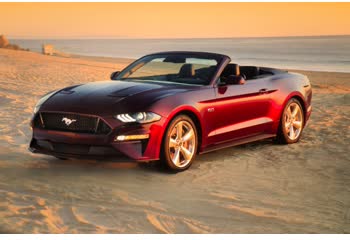Everything you need to know about specifications and performance - Ford F-Series F-100/F-150 2023 - 3.5 EcoBoost V6 (400 Hp) 4x4 SelectShift

Overview:
What is the engine capacity of a Ford F-Series F-100/F-150 2023?
The engine capacity of the Ford F-Series F-100/F-150 2023 is 3497 cm.
Ford F-Series F-100/F-150 2023 How many horsepower?
The engine power of the Ford F-Series F-100/F-150 2023 is Internal Combustion engine.
What is the Ford F-Series F-100/F-150 2023 engine?
Ford F-Series F-100/F-150 2023 engine is EcoBoost. (Click to see other cars using the same engine)
How much gasoline does a Ford F-Series F-100/F-150 2023 consume?
The Ford F-Series F-100/F-150 2023 consumes 12.4 liters of gasoline per 100 km
General:
Engine:
Performance:
Space:
dimensions:
Powertrain, Suspension and Brakes:
See also

Other generation.
Its production began in 1955 until 1955

Same engine. (EcoBoost).
Its production began in 2019 until 2022

Same engine. (EcoBoost).
Its production began in 2009 until 2012

Same engine. (EcoBoost).
Its production began in 2017 until 2023

Same production year and almost the same engine capacity.
Its production began in 2023 until Now
Write a comment